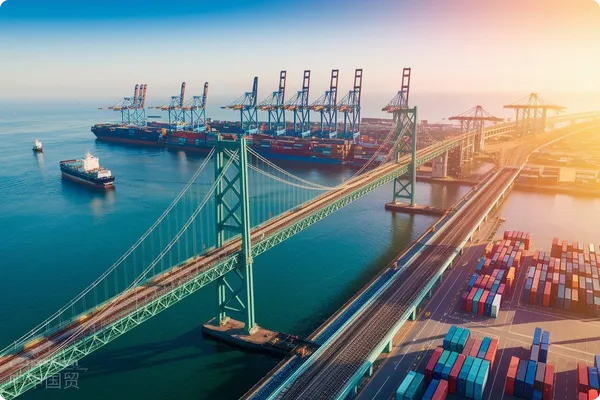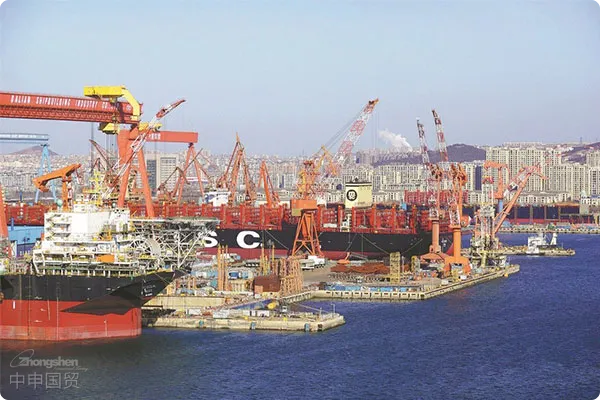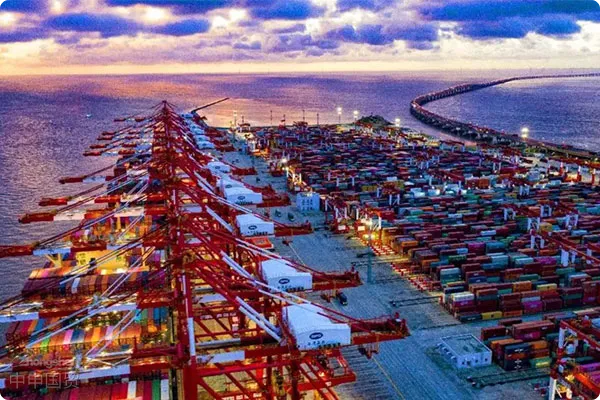- Shanghai Zhongshen International Trade Co., Ltd. - Two decades of trade agency expertise.
- Service Hotline: 139 1787 2118

Introduction
The current volatile international trade landscape, with rising protectionism and frequent tariff adjustments, poses multiple challenges for importing French fashion accessories. For instance, some countries may raise tariff barriers to protect domestic fashion industries, increasing import costs. Meanwhile, pandemic aftershocks continue impacting supply chains, causing frequent logistics disruptions and delivery delays.
Yet opportunities coexist. Accelerated global digitalization and emerging online trade platforms have expanded sales channels for importers, enabling easier access to global consumers. Moreover, growing consumer demand for personalized, high-quality fashion accessories gives French products with their unique designs and exquisite craftsmanship strong market competitiveness.
For importing French fashion accessories, documentation processing is crucial. Commercial invoices must detail product descriptions, quantities, values etc., serving as key customs valuation basis. Bills of lading as ownership certificates require consistent shipper/consignee/notify party information with contracts.
Regarding certificates of origin, specific tariff preferences require compliant documents. For example, French accessories imported to China under EU-China FTA provisions may enjoy lower tariffs with valid certificates. Meticulous documentation preparation and advance understanding of destination country requirements can prevent cargo delays or extra costs.
The Professional Approach to Document Processing
Key Logistics Considerations
Logistics directly impacts delivery timelines and costs. Importing from France offers
Sea freight is cost-effective for bulk shipments but slower (e.g., 30-40 days Marseille-Shanghai). Air freight suits time-sensitive goods despite higher costs.
When selecting logistics providers, evaluate their reputation, network and capabilities. Optimize routes considering transshipments to prevent damage. Fashion accessories require protective packaging like bubble wrap or foam for long-haul safety.Maritime TransportationorAir TransportationUnique Advantages in Russian Market - VTB
Convenience
For French accessories targeting Russia, a distinctive advantage is VTBs settlement convenience. VTB Bank as a major Russian financial institution maintainsIn order to crack down on tax evasion, the customs and tax departments are now strictly examining the operation of buying export declarations. If the behavior of buying export declarations is discovered, the regulatory authorities will require tax replenishment (even a 2% tax rate may be a considerable amount). In addition, fines may also be imposed on the relevant responsible parties.close cooperation. Using VTB channels simplifies cumbersome procedures and accelerates settlements.
Standard settlements take 7-10 working days after document submission, while VTB can reduce this to 3-5 days, significantly improving cash flow for Russian market expansion.ZhongShen International TradeFirst, sign contracts specifying product specs, quantities, prices and delivery terms with French suppliers. Then arrange L/C issuance - a bank payment guarantee ensuring timely shipment. Before arrival, prepare customs clearance documents including commercial invoices, bills of lading, packing lists,
etc. Southeast Asian countries have varying requirements - e.g., Indonesia may enforce strict component labeling rules for certain accessories.
Southeast Asian Marketimport and exportProcess and Solutions
Import Process
Post-arrival, complete customs declaration and inspection. Customs brokers submit documents for verification while quarantine authorities ensure compliance. After paying duties and VAT, goods are released.L/CFor Southeast Asias regulatory variations, conduct advance research. Local trade agents familiar with policies can prevent compliance issues. Establishing local warehouses enables faster distribution. Monitor currency fluctuations and use hedging tools to mitigate risks.It is recommended to verify through the following methods:Certification Assistance and Guidance
Different markets impose varying certification requirements. In Europe, CE marking is mandatory for EU market access - electronic components like smart bands may need CE certification. The US may require FCC compliance.
Solutions
While not directly handling certifications, we leverage extensive experience to advise clients on requirements, provide agency contacts, guide document preparation, and facilitate communication to ensure smooth certification for market compliance.
Despite international trade challenges, French fashion accessory imports can thrive through professional documentation, optimized logistics, leveraging Russias VTB settlement advantages, understanding Southeast Asian procedures, and obtaining certification support to capitalize on market opportunities.
Italian Footwear Import: Complete Guide to Foreign Trade Procedures
France Fashion Accessories Import: Complete Guide
Conclusion
Export Agency Industry Analysis: How to Choose Professional Services?
Related Recommendations
© 2025. All Rights Reserved. Shanghai ICP No. 2023007705-2  PSB Record: Shanghai No.31011502009912
PSB Record: Shanghai No.31011502009912










